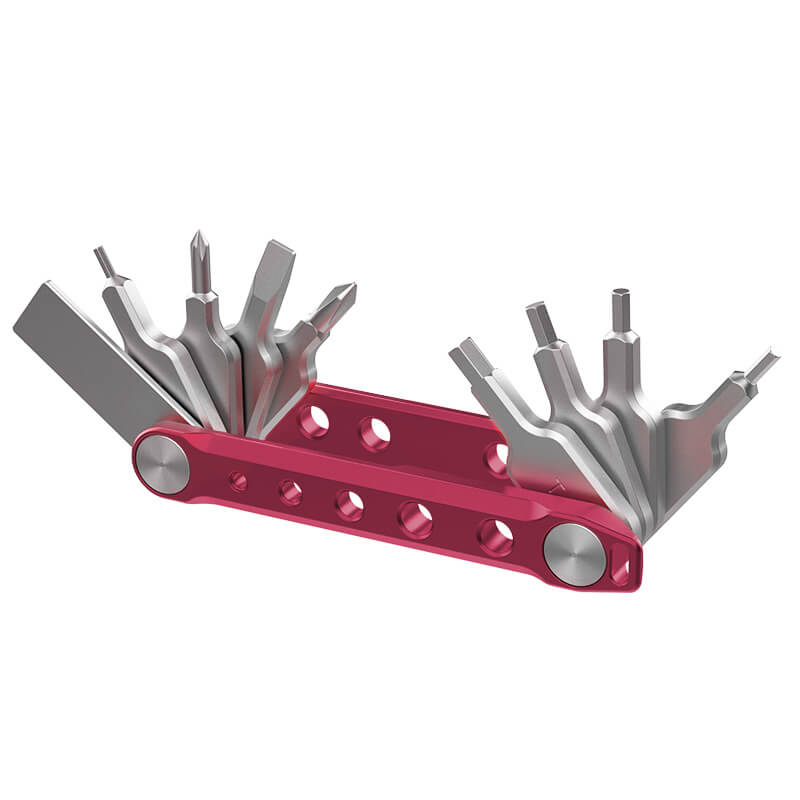The price of a camera tripod can range significantly depending on its features, quality of materials, and overall durability. While professional tripods can cost several hundred dollars, the good news is there are quality options at lower price points as well. This article will examine common tripod price ranges to help consumers determine a reasonable budget for 2024.
What Factors Drive Up Tripod Costs?
Several key elements lead to higher tripod pricing:
1. Materials
The primary materials comprising the legs and connecting joints impact costs significantly. High-end aluminum alloys or magnesium keep weight down but expense up. Cheaper plastics or aluminum run lower in price.
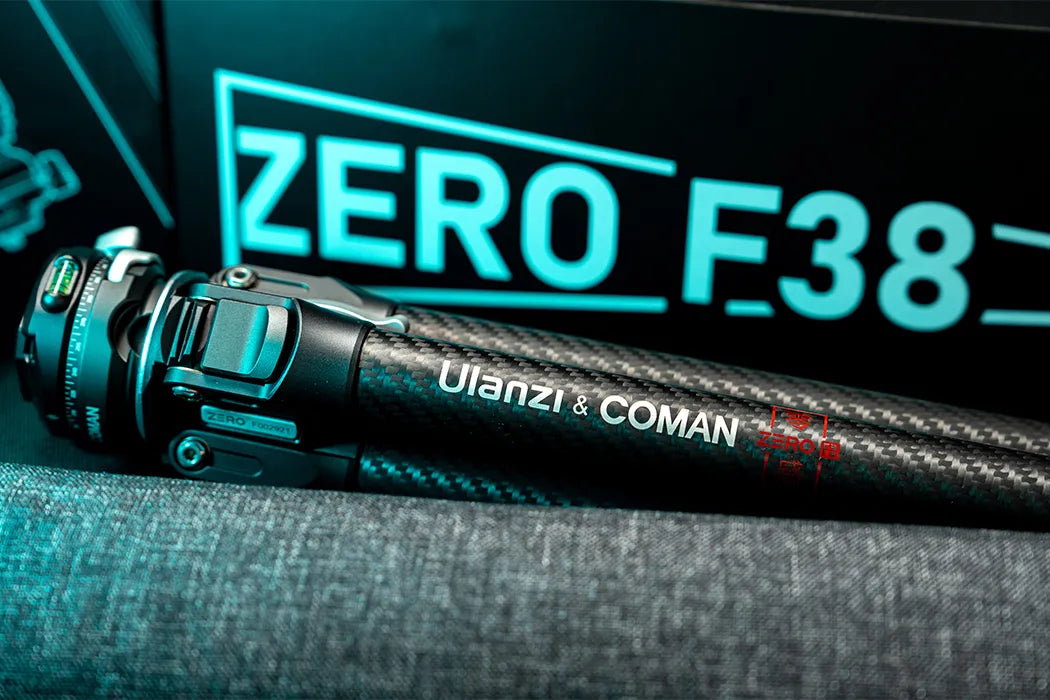
2. Weight Rating
Supporting heavier camera loads necessitates more reinforced, overbuilt components and sturdier leg locks. Tripods rated for 20+ lb camera kits demand precision engineering strength absent from lighter 5 lb models.

3. Feature Sets
Additional specifications allowing varied shooting angles, faster transitions between positions, integrated triggers, etc. require more precise machining and assembly. The more controls and customizations added, the higher the manufacturing expense passed to buyers.

4. High-Volume Stability
Larger tripod feet, counterweights, and leverage-damping systems bolster stability in challenging conditions like long exposures or blustery weather. But more hardware translates to pricier production costs.
5. Brand Reputation
Well-known professional photography brands charge more for high-end tripods since their reputation gives an assurance of quality. Customers invest more in brands that working pros rely on to earn income.
Basic affordable tripods meet casual photographers' needs. But situations demanding superior stability, responsiveness, and robustness benefit from advanced engineering, materials, and precise construction, which increase costs. Carefully consider must-have performance traits based on your typical photography before setting tripod budgets. Eliminate expensive extras if unneeded.
|
Tripod Class |
Price Range |
Key Features |
Best Uses |
|
Entry Level |
Under $50 |
- Basic stability - Light loads - Flat terrain |
- Beginners - Casual users |
|
Intermediate |
$50 - $200 |
- Improved stability - Heavier loads - Uneven terrain - Fluid heads |
- Photography students - Hobbyists |
|
Advanced |
Over $200 |
- Maximum stability - Heavy gear capacity - Rapid transitions - Vibration reduction |
- Professional photographers - Commercial use |
Entry Level Tripods (<$50)
The most affordable tripod options, typically ranging from $20 to $50, are geared more toward beginner photographers or casual picture-taking. They offer basic stability for compact cameras or mobile devices, but won't withstand heavy gear or blustery shooting conditions. These entry-level tripods are ideal for setting on flat, level surfaces. While limiting, the low cost can determine if you enjoy using a tripod before investing further.
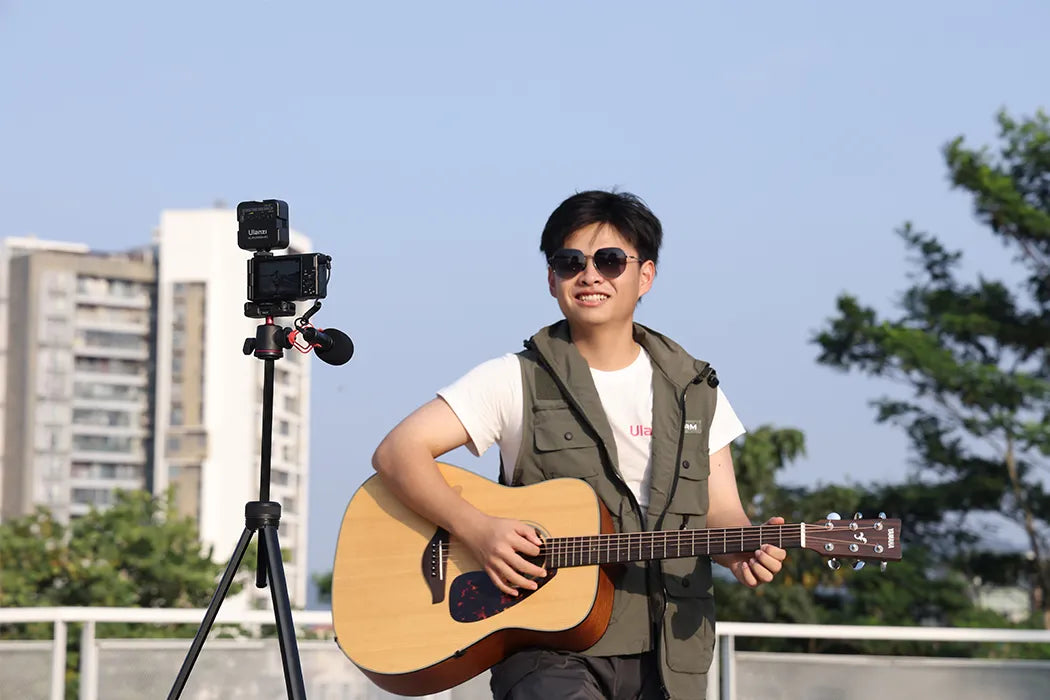
Intermediate Tripods ($50-$200)
Serious amateur photographers or students progressing in developing their skills should expect tripod prices ranging from $50 to $200 dollars. These mid-range tripods offer much-improved stability and smooth panning control from fluid heads. You'll gain the ability to use timers and adjustable legs for uneven terrain too. Small enhancements really optimize the photography process without overspending.
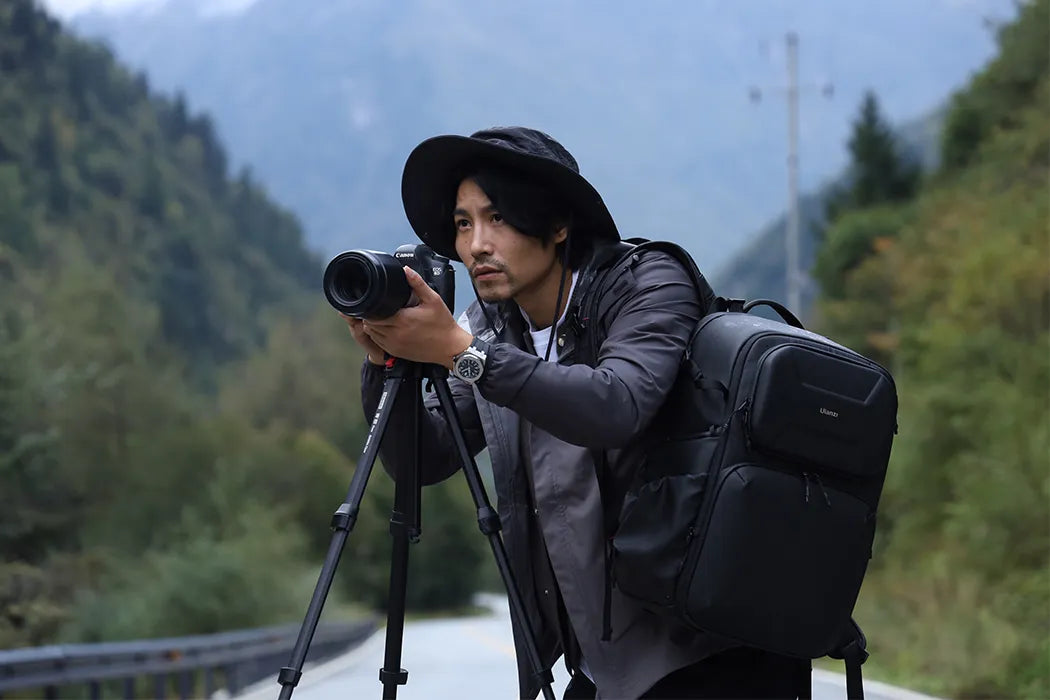
Advanced Tripods ($200+)
Professionals who rely on tripods daily fully justify investing $200 or more. You benefit from maximum gear load capacities, premium materials like carbon fiber or magnesium for reducing weight, and advanced specifications like vibration damping and rapid setup mechanisms. While costly, pro tripods maximize shooting efficiency and generate business income over years of service.

How to Pick the Right Tripod for You
With so many tripods available, it helps to decide based on your main photography activity first:
Family & Travel Photos
If taking mostly portraits or vacation views, basic $50-75 tripods work well. They offer better stability for crisper shots without extra bells and whistles you may not use often.
Landscape Photography
Panning smoothly across wide nature scenes requires a head that swivels precisely. $100-150 tripods make capturing majestic vistas, sunsets, and other key moments easier.
Sports Photography
Fast action needs fast gear. $200+ heavy-duty tripods quickly adapt to track movements without blurring. Vibration damping also keeps shots focused chasing the action.
Causal Users
First-time or occasional tripod users can start affordably under $50. Test if tripods improve your images before investing in upgraded options.
Passionate Students
Enthusiastic learners deserve quality equipment too. Around $100, fluid heads move more responsively across subjects, helping improve technique.
Working Professionals
Results matter when income depends on photography capabilities. $200+ tripods engineered to excel across shooting conditions over years handle the demands.
Considering primary photography interests first when buying tripods ensures invested budget matches needs. Determine if quick adjustments matter more than outright stability or vice versa based on the subjects photographed most.
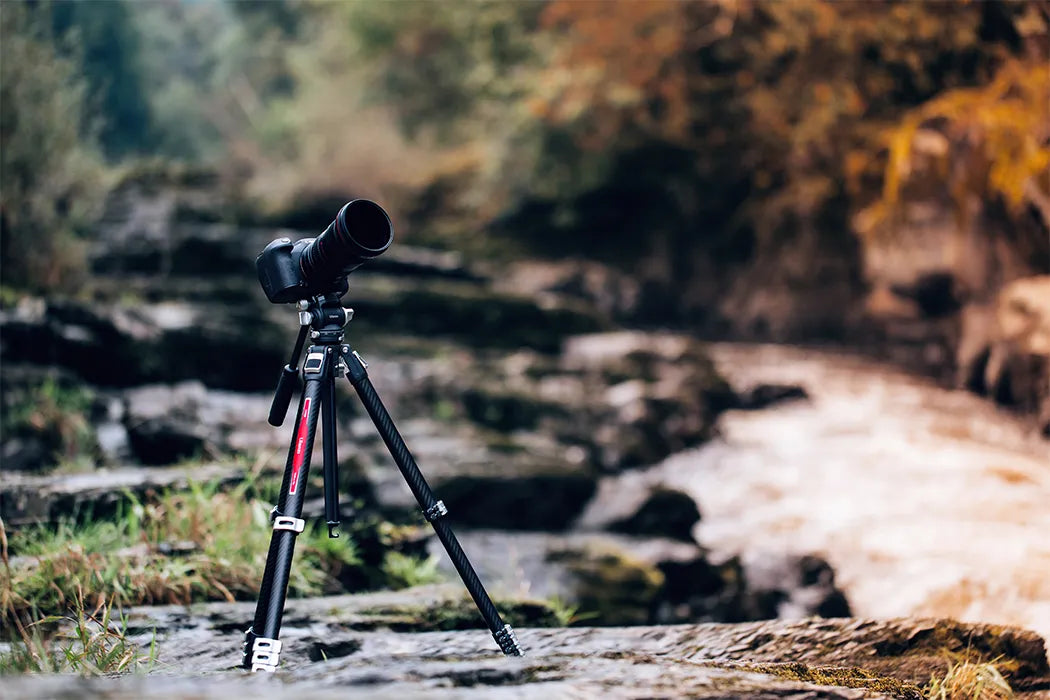
Budget By Photography Goals
Ideal tripod investment directly aligns with photography objectives. Beginners and casual shooters need only basic <$100 stability upgrades over handheld for occasional family or vacation images. Serious amateurs fiddling with fast panning across scenes want $100-$200 options balancing speed and precision. Professionals financially reliant on reliably nailing technically perfect action or event imagery deserve commercial-grade $200+ tripods engineered to excel in demanding shooting conditions over extended careers. Pinpoint primary photography pursuit and set budgets supporting requisite gear performance accordingly.
